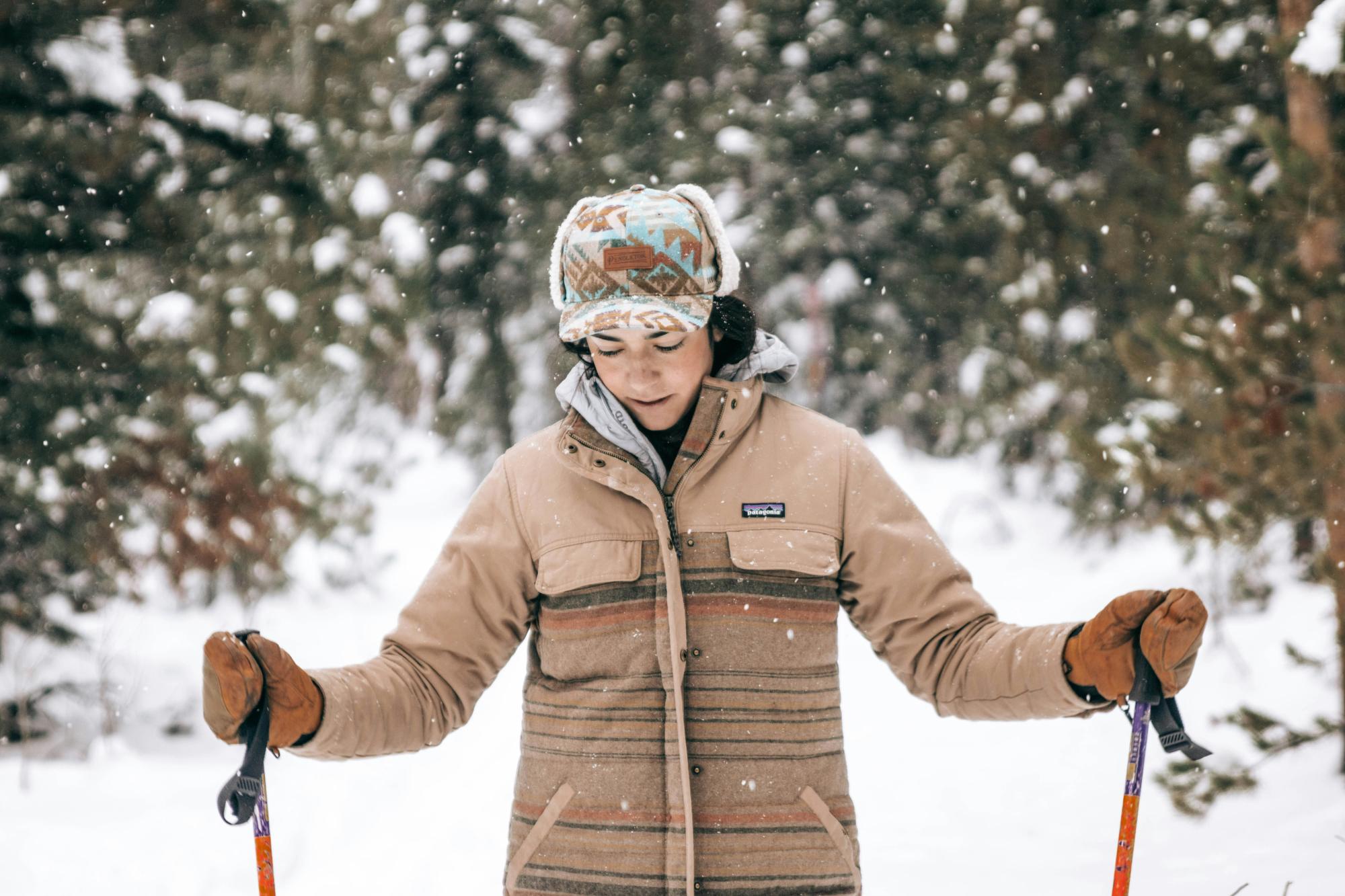As Colorado grows, protecting what makes our home special is vital.
Join us in conserving the land and water that unite us.
Discover the stunning beauty of southern Colorado, where each season unveils unique characteristics of the land. Venturing into less crowded trails during the colder months presents a refreshing and rewarding experience. Still, the key lies in equipping yourself with the proper clothing layers and thorough preparations. Let's shed some light on the art and science of layering for cold-weather hiking (and other outdoor recreation) in the enchanting open spaces of southern Colorado, ensuring you stay comfortable and captivated by the changing scenery.
Before we get into layers, it's essential to check the weather and the conditions before gearing up. Stay safe by planning ahead, and also help protect trails and open spaces by not recreating when trails are muddy.
Mastering the art of layering is essential for exploring the diverse terrain of southern Colorado during colder seasons. Dressing for the weather can be a constantly changing game, and it's important to factor in the sun and the wind chill when selecting the right layers. Twenty degrees on a calm, sunny day feels quite different than 20 degrees in the shade with a strong wind. Many weather apps will provide a "feels like" temperature based on the humidity and windchill. Understanding the nuances of layering is crucial to make the most of your hiking experience.

The base layer becomes the foundation for staying comfortable out on the trail. Say goodbye to cotton and choose materials that help pull sweat and moisture away from your skin to help you stay comfortable. The most common fabrics are synthetics (most often polyester) or natural fibers like silk and wool. Look for layers that offer a close-to-body fit, ensuring flexibility and freedom of movement with soft, chafe-free textures. Many companies make a few different "weights" of baselayer, from thin, lightweight fabrics to heavyweight for extra warmth. Choose a base layer based on the conditions and your activity.
As you traverse the world-class trails of southern Colorado, the mid layer provides vital insulation. In some conditions, you may need more than one insulating layer to best regulate your body temperature. Select non-cotton fabrics to retain warmth even in changing weather. Whether you opt for fleeces, sweaters, or puffy jackets, consider layers needed while moving and when you stop to take breaks. Prioritize packability, lightweight design, and durability to make the most of cold-weather adventures.
The outer layer acts as your shield against southern Colorado's unpredictable weather. Choose a packable and highly water-resistant shell, sizing up to fit comfortably over all layers. This layer protects against rain, snow, and wind without compromising your freedom of movement. Look for features such as breathable waterproof membranes (though realistically, these materials aren't truly waterproof), hoods for extra protection, and armpit-zippered vents for optimal breathability.
Unveil the wonders of cold-weather hiking in southern Colorado by mastering the art of layering. With the right clothing choices, you can embrace the magic of each season, from frosty mornings to sun-soaked afternoons. Gear up, layer up, and let southern Colorado's trails lead you to unforgettable moments.